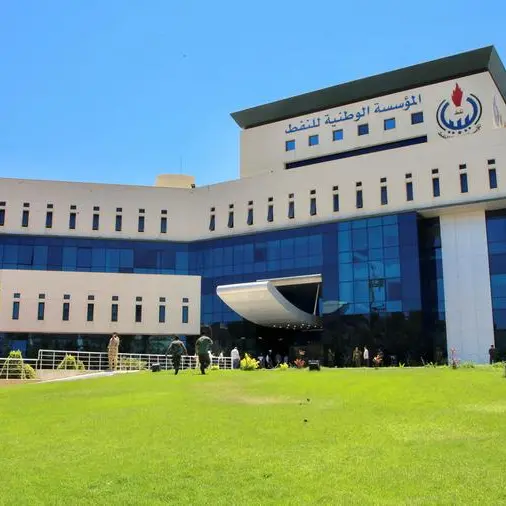PHOTO
Restructuring the foreign debt will not be able to alleviate Tunisia's debt burden, as a large part of its debt is contracted with multilateral creditors who do not renegotiate debts, according to a report recently published by the Malcolm H. Kerr Carnegie Middle East Center.
The foreign public debt represents only a small part of the total public debt, since a large part of this public debt is domestic, the report reveals.
The center considers that the programmes of the International Monetary Fund (IMF) remain necessary, adding that a programme has already been started in Egypt.
Furthermore, "these programs must be adapted to the reality of the Middle East and North Africa (MENA)", estimate the authors of the report, adding that these programs play several roles in times of financial crises, such as the mobilization of liquidity, identification of the volume of debt restructuring, imposition of conditions relating to general policies…
Most of the IMF programmes implemented in the MENA region have helped stabilize the financial situations of the countries there yet they haven't led to a significant growth.
To achieve the desired growth, these programmes should go beyond short-term solutions, the same source said.
«The crises hitting countries in the MENA region like Tunisia revealed major weaknesses mainly the scarcity of «serious» jobs and the poor quality of public services,» the report underlined.
To address these weaknesses, the center advocates the development of «credible» national strategies that go beyond austerity provisions and spending cuts.
The Tunisian authorities refused the conditions set by the IMF to provide financial support.
Although Tunisia did not obtain the loan from the IMF, it managed to improve the budgetary balance, which recorded a surplus of 58.8 million dinars (MD), during the first half of 2023, according to the report on the «Provisional Results of Budget Execution», recently published by the Finance Ministry.
According to the same source, Tunisia's foreign debts increased from 5,607.7 MD at the end of June 2022 to 2,710.3 MD during the first half of 2023, recording, for the first time since 2011, a drop of 51.6%.
© Tap 2022 Provided by SyndiGate Media Inc. (Syndigate.info).























